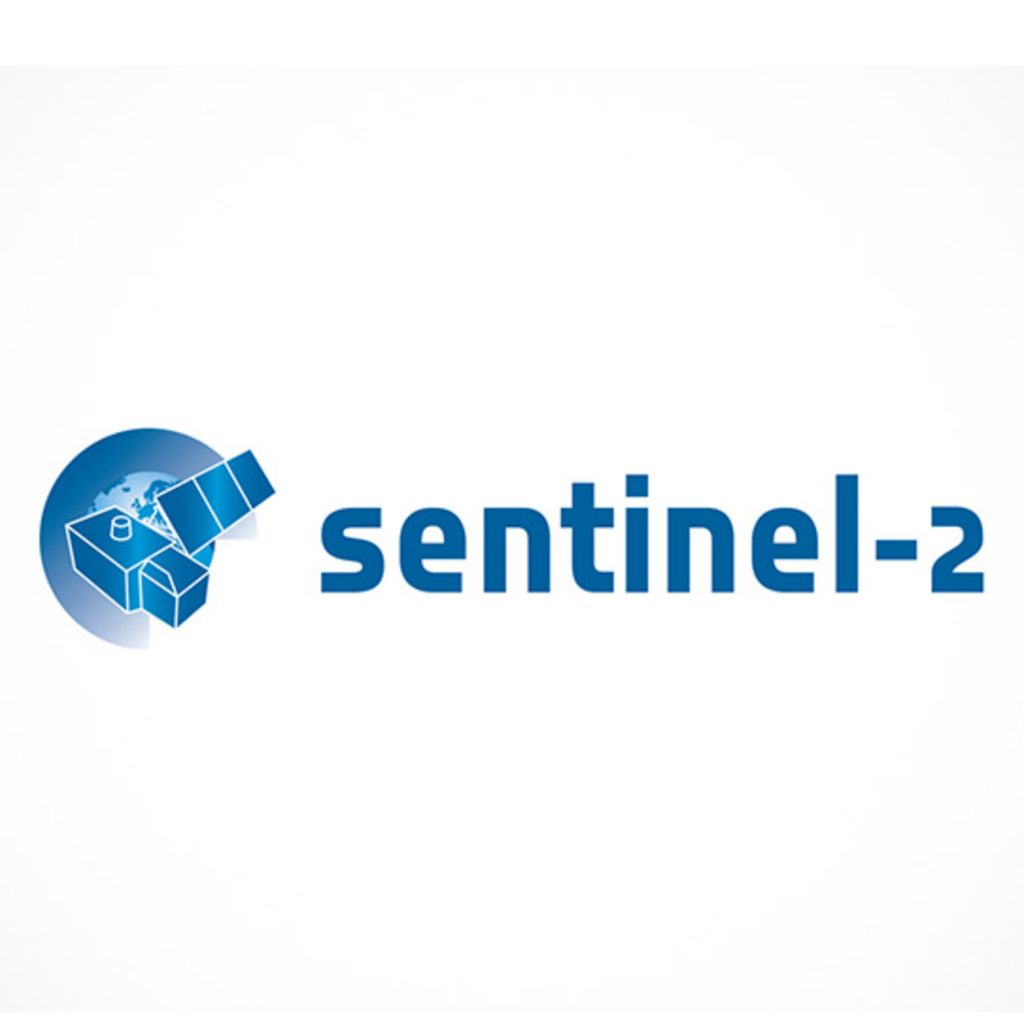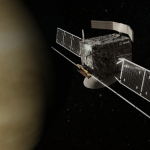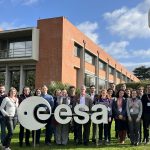
Project funded by the European Space Agency (ESA).
The S2-4Sci Land and Water Multitemporal Analysis project is launched in the context of the “Scientific Exploitation of Operational Missions” (SEOM) program. The program aims at favouring: i) research and development studies, ii) development of toolboxes, iii) interaction between scientists and users; iv) training of new generation scientists in the field of Earth Observation (EO); and v) the outcomes of research in terms of data and results. These needs emerge because a very large number of images are now available to either the scientific and user communities from past/current EO missions (e.g., ERS, Landsat) and even more will be available due to the upcoming EO missions. Among those the Copernicus Sentinel program will contribute with an exponential growth of data of a large variety. The project focuses on the Sentinel-2 multispectral imagery to perform advanced multitemporal analysis.
With 13 spectral bands, 10 to 60 m spatial resolution and a revisit time of 5 days upon complete constellation, Sentinel-2 guarantees an enhanced continuity to SPOT and Landsat missions. Due to the high temporal resolution, S-2 generates dense time series of images with a worldwide coverage. This increases the potential of analyzing dynamic phenomena and extracting multitemporal information, as well as to have a frequent coverage also in areas that maybe affected by cloud cover. In this context, the MultiTemporal Analysis (MTA) project is designed to define techniques and algorithms tailored on the specific properties of Sentinel-2. The project aims at developing emerging methods for advancing the technical knowledge and capacity to analyse Sentinel-2 data and provides a series of tools to better exploit its temporal information in the future.




